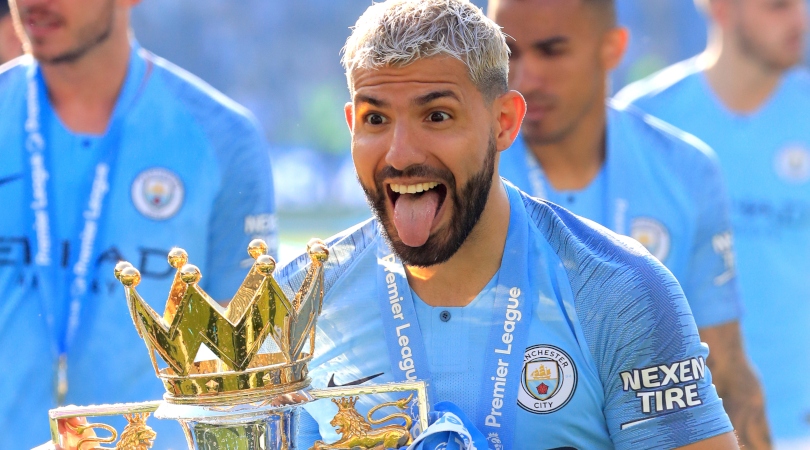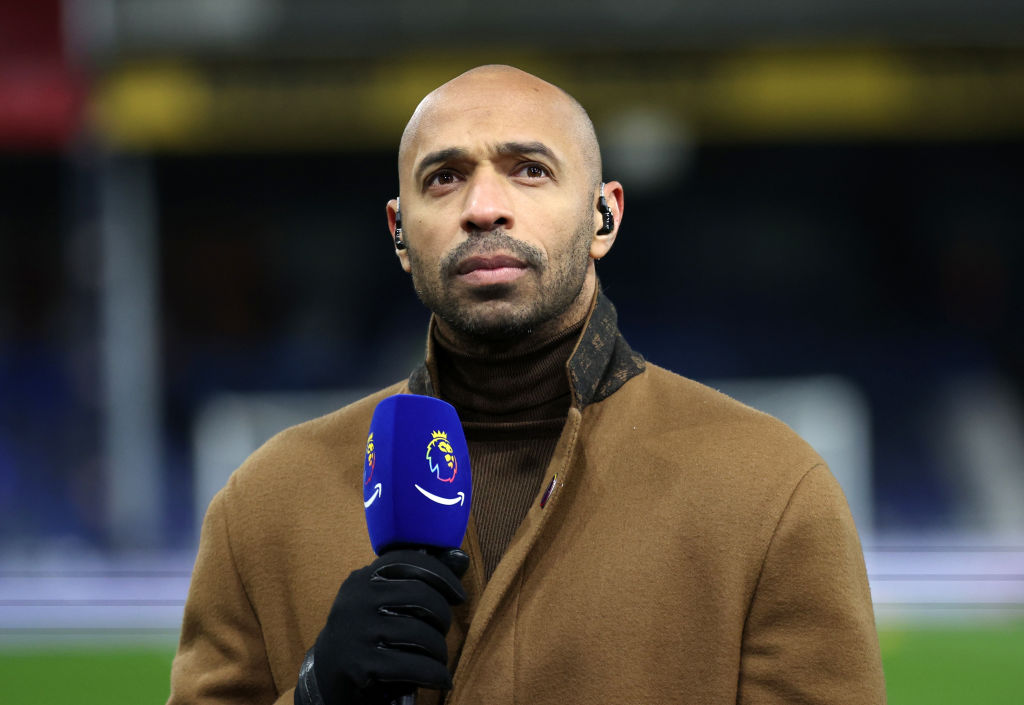How Lionel Messi finally became the player he was expected to be (no, really)
The Barcelona superstar has filled many different roles over the years, but it’s only recently that he’s taken on the position many expected him to play from the start – and become even better. Why did it take so long?
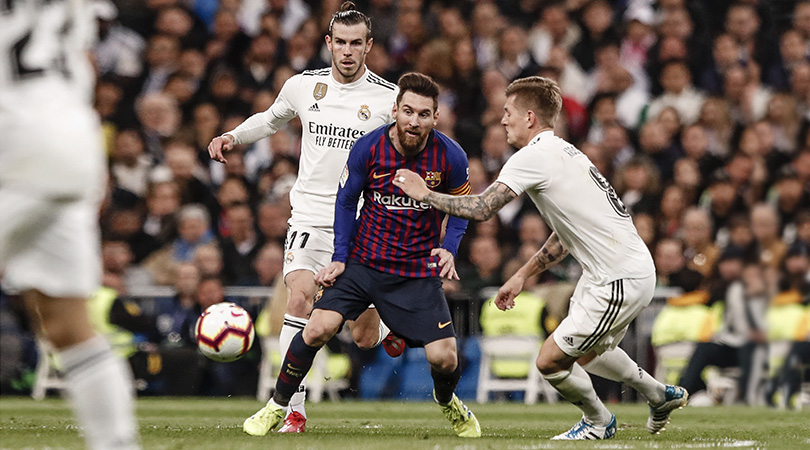
Lionel Messi has finally become the player people thought he’d be. It’s taken about 15 years of senior football, 800 games and a list of feted coaches to make it happen – but, as they say, better late than never.
At 32, his evolution can be considered complete. Back when Messi was in his early teens, nobody expected him to become... Lionel Messi. He was short, gifted, creative – and so he seemed to be the next in a long line of Argentine playmakers whose only conceivable role was that just behind the striker.
But then Messi ruined that prediction by becoming good enough to play anywhere: in the middle, out wide, up front. Heck, put him at left-back and he’d still boss the game. To categorise him as a playmaker would do him a disservice, because his skill set has so many more dimensions. Which 'playmaker' shatters the goalscoring record for Argentina, Barcelona and La Liga?
In keeping with this, Messi long stayed away from the classic playmaker role at Barça. But recently that’s changed – and to extraordinary effect.
Why did it take so long for this change to happen? Perhaps because Messi was too good to merely fulfil the expectations placed upon him. Being Argentine, he was billed as the successor not just to Diego Maradona, but to playmakers such as Juan Roman Riquelme and Pablo Aimar. The latter was Messi’s idol.
Yet by his late teens, Messi was too fast to just stay in the middle; too unpredictable not to take on people at all times. He was raw, exciting, unpolished. As he got used to the right flank, the typical Messi move was not a defence-splitting pass, but a slalom run from out wide towards the box.
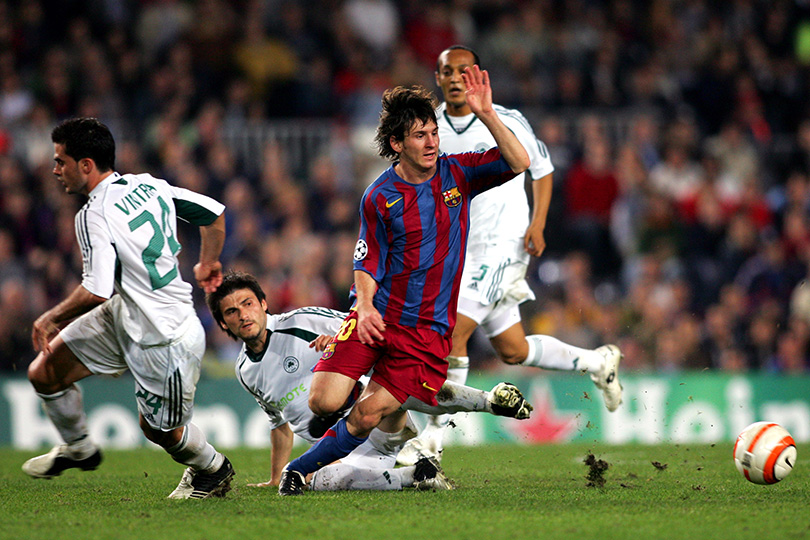
As Messi matured in his early 20s and became a ‘false nine’ under Pep Guardiola, goalscoring became his forte. In 2011/12 he scored 50 goals in La Liga. There was no need for him to be Maradona or Aimar, because Xavi and Andres Iniesta ran the game behind him. Staying near the box suited Messi as well as the team.
Get FourFourTwo Newsletter
The best features, fun and footballing quizzes, straight to your inbox every week.
He retained that role for years after Guardiola left, under Tito Vilanova and Gerardo Martino. Though Messi made assists too, he was still more of a forward than a playmaker.
But under those managers, teams figured out how to stop Barça – most notably Jupp Heyncke’s Bayern Munich – and their reliance on Messi became a problem.
Then came the 2014 World Cup and Luis Enrique.
The World Cup raised the prospect of Messi becoming a No.10 for Barça. Argentina coach Alejandro Sabella used him just behind Gonzalo Higuain in a 4-4-1-1. When Barça bought Luis Suarez to play next to Messi and Neymar, it seemed a decent idea to play Messi behind them both.
But Luis Enrique kept the 4-3-3, shuffled Suarez out on the right and put Messi up front. The system failed, and in January the three switched positions, apparently on the initiative of Messi; he moved back to the right and Suarez up front. Barça hit top gear and won the Treble, while Messi influenced games to a greater extent than ever.
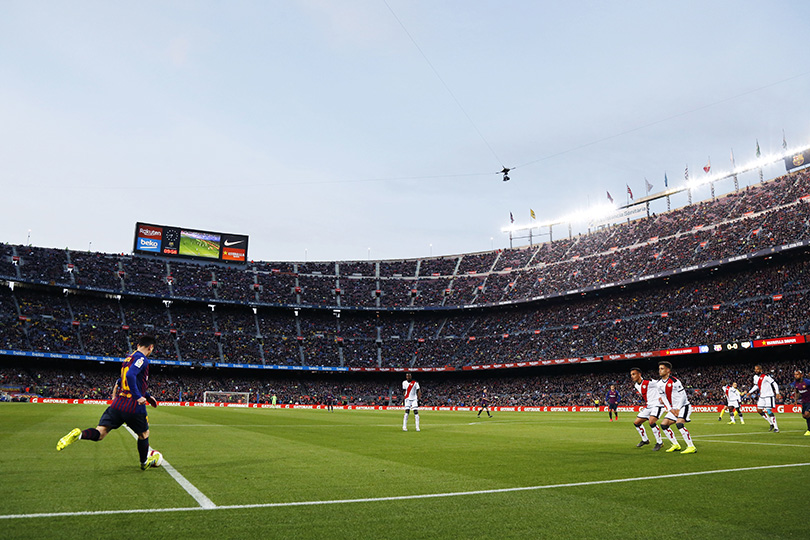
Never had he dropped so deep to get the ball. Whereas Messi used to operate in the final third, he now dominated the entire opposition half. Under Martino he’d played 49.3 passes per 90 minutes in the league; now he averaged 62.2. When Messi racked up 43 goals and 18 assists in La Liga 2014/15, the balance between his goalscoring and playmaking had never been finer.
That carried on until Luis Enrique signed off in 2017. Messi had turned 30 then, his legs a little slower, but his mind a little sharper.
At which point Ernesto Valverde came in and changed the system.
Since that summer, Barça have largely played 4-4-1-1 or 4-4-2, leaving Messi up front alongside Suarez, with Neymar off to Paris Saint-Germain. Messi has stepped into the role he was originally predicted to take on. His skill set suits it better than before – and the stats show as much.
Messi really does run everything now. He drops deep, links up, dribbles through the middle, sets up goals and scores. He’s top among the regular starters in La Liga for goals, assists, shots and key passes per 90 minutes. In a recent game at home to Valladolid, Barça had 20 attempts in total; Messi had 12 of them and set up another seven. A 95% involvement among so many shots in a single game is unprecedented in the era of modern statistics.
Messi’s goal involvement per 90 minutes last league season is his highest (1.65) since that 50-goal season seven years ago. And yet he’s averaged more passes, assists and goals per 90 minutes in the past than he does now.
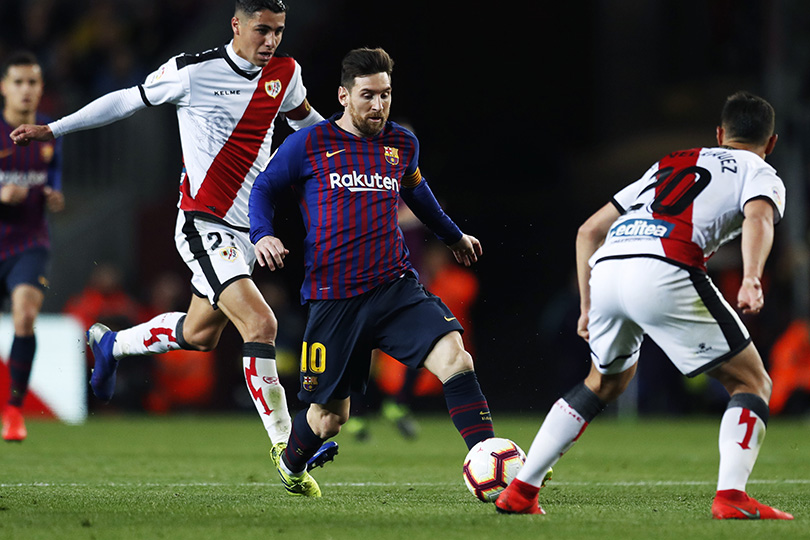
The stat that’s really off the charts is his number of key passes per 90 minutes: since 2012/13, Messi has stayed between 2.51 and 2.62, the latter being his highest average before last season. For 2018/19, he got up to 3.31.
That figure underlines the more traditional playmaking role that Messi has taken on. He’s still not just a playmaker in the sense of Aimar or Riquelme, but as he’s grown older and wiser, his vision has become a larger part of the whole. What some predicted would happen to Messi once his legs slowed down has come to pass.
This should be good news for Barça, because Messi can stay in this position for years even as his speed declines. You can envisage him ambling around like Riquelme, getting the ball to feet and spraying it around. Had Messi slipped into such a role early on, it might have limited his game. Now it only looks likely to enhance it.
While you're here, why not take advantage of our brilliant subscribers' offer? Get the game's greatest stories and best journalism direct to your door for only £9.50 every quarter. Cheers!
NOW READ…
HOW TO Watch Amazon Prime Premier League matches for FREE
QUIZ Can you name the 50 most recent Premier League managers?
GUIDE Premier League live stream best VPN: how to watch every game from anywhere in the world
